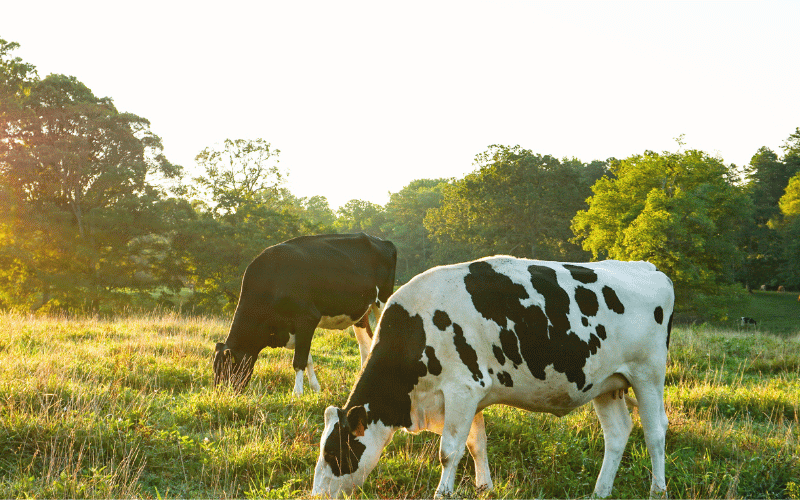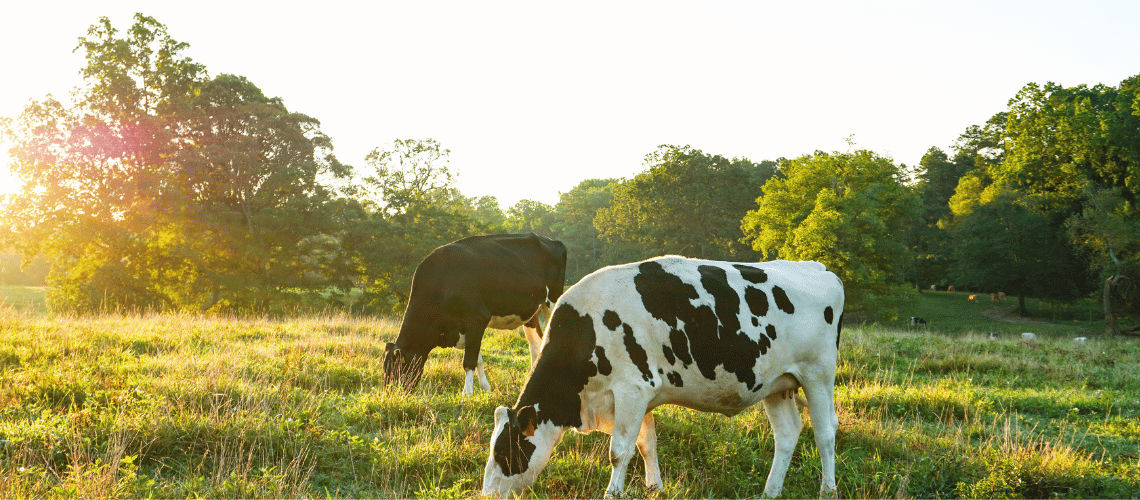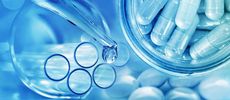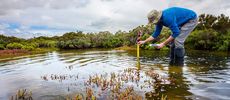Water Quality Determines Ranchers' Success During Grazing Season


In regions where cattle graze, access to high-quality water can impact their gains. Ranchers often use surface sources, like ponds, sloughs, and shallow wells, to water their livestock. But when water quantity declines during heat and drought, quality can also drop, and toxicity can increase.
This is critical because water serves as a key nutrient for livestock. How much each animal needs depends on their size, productivity, and diet as well as environmental conditions. With good quality drinking water, yearlings and calves can gain weight quickly and healthily, but poor water quality can result in cattle reducing feed intake as well as fluid.
North Dakota State University Extension Service recommends ranchers regularly monitor water quality near grazing locations to help animals thrive and track issues like excessive total dissolved solids (TDS) and the presence of cyanobacteria. Ranchers can start with handheld devices and test strips, but if issues arise, they should work with a water testing lab to analyze samples and identify root causes.
Concentrated Salts Create Water Quality Concerns
Many livestock water sources contain dissolved minerals or solids known as salts. The salts include carbonates and bicarbonates, sulfates and nitrates, chlorides, phosphates, and fluorides. As surface waters dry up, these salts become more concentrated.
Increased levels of TDS and sulfates, in particular, can be toxic to livestock. Excessive TDS can result in lower performance, miscarriage, blindness, central nervous system disorders, and death. Tolerance depends on species, age, condition, and season. Salts typically impact how water tastes, leading cattle to drink less—but if they become too thirsty, they may overcompensate.
For most grazing livestock, water TDS should be less than 5,000 parts per million (ppm). But levels from 3,000-5,000 ppm could cause adverse effects for growing and young animals. Sulfates are included in TDS, but the recommended concentration is less than 500 ppm for calves and less than 1,000 ppm for adult cattle.
Cyanobacteria and Other Contaminants Endanger Livestock
In hot, dry, stagnant conditions, like those often found during the dog days of summer, cyanobacteria—also known as blue-green algae—can flourish. The toxins produced by some species can harm livestock as well as wildlife and humans. How poisonous cyanobacteria is depends on the type of animal drinking the water, the amount they consume, and the toxin concentration. Signs of illness include diarrhea, lack of coordination, labored breathing, and death.
A number of other substances may also endanger livestock. For example, nitrates often enter water sources through fertilizer, animal wastes, or decaying organic matter. The safe upper limit of concentration is 100 ppm. But when calculating the amount animals consume, the amount of nitrate in animal feed also needs to be taken into account.
Microorganisms can also make animals sick, although many are harmless. For all cattle, coliform counts below 50 per milliliter of sample are safe. But keep in mind that contaminants such as bacteria, parasites, and viruses won't show up on a coliform count.
In addition, grazing areas are often located near industrial plants or oil fields. Chemical and industrial product contaminants, especially hydrocarbons, may also be harmful to livestock.
Monitoring and Testing Help Keep Water Healthy
Livestock should be removed immediately if their water quality is suspected to be unhealthy. Animals should be provided with uncontaminated fresh water and adequate feed. A veterinarian should also be contacted to diagnose illness and start treatment.
To test for TDS and sulfate levels, ranchers can use a TDS meter or sulfate test strips. If TDS is higher than 4,500 ppm and/or sulfates greater than 800 ppm, a commercial water testing lab should perform additional analyses.
While ranchers can visually inspect for cyanobacteria, they may not be able to check often enough to catch a fast-growing bloom. In that case, using a camera at water sources to monitor signs of a bloom can help—then a sample can be taken to a lab.
Lab analyses for livestock waters include TDS, pH, nitrates, sulfates, and additional components that can indicate toxicity. In addition to blue-green algae, these include mineral and metal concentrations, pesticides, and hydrocarbons.
Monitoring and testing are critical to ensure cattle stay healthy and gain at a steady rate while grazing, especially as the summer heats up, and the water quantity declines. Providers of water test equipment and supplies, along with local water quality test labs, can be powerful partners to help ensure good quality water and a successful grazing season.






